Standing Out From Birth
From the moment he was born, Edmund Emil Kemper III was marked as different. Born in Burbank, California, he came out a massive 13 pounds — an early indicator of his extreme height later in life.
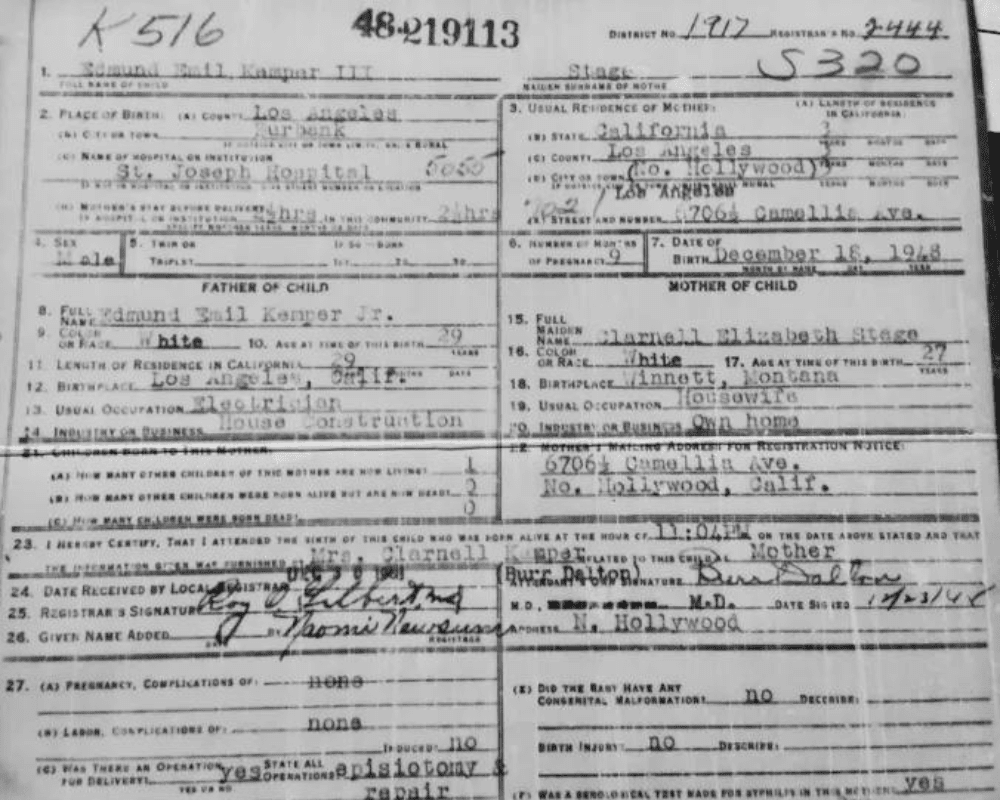
Kemper was born on December 19th, 1948 to Edmund Emil Kemper Jr. and Clarnell Elizabeth Kemper. He had an older sister, Susan — and a younger one, Allyn, who he would grow to have a difficult relationship with.
The Kempers
Kemper’s childhood was not an easy one. His father, a WWII veteran, was initially a tester of nuclear material. But, when the family moved to California, he changed paths and worked as an electrician. Clarnell Kemper was unhappy with this change.
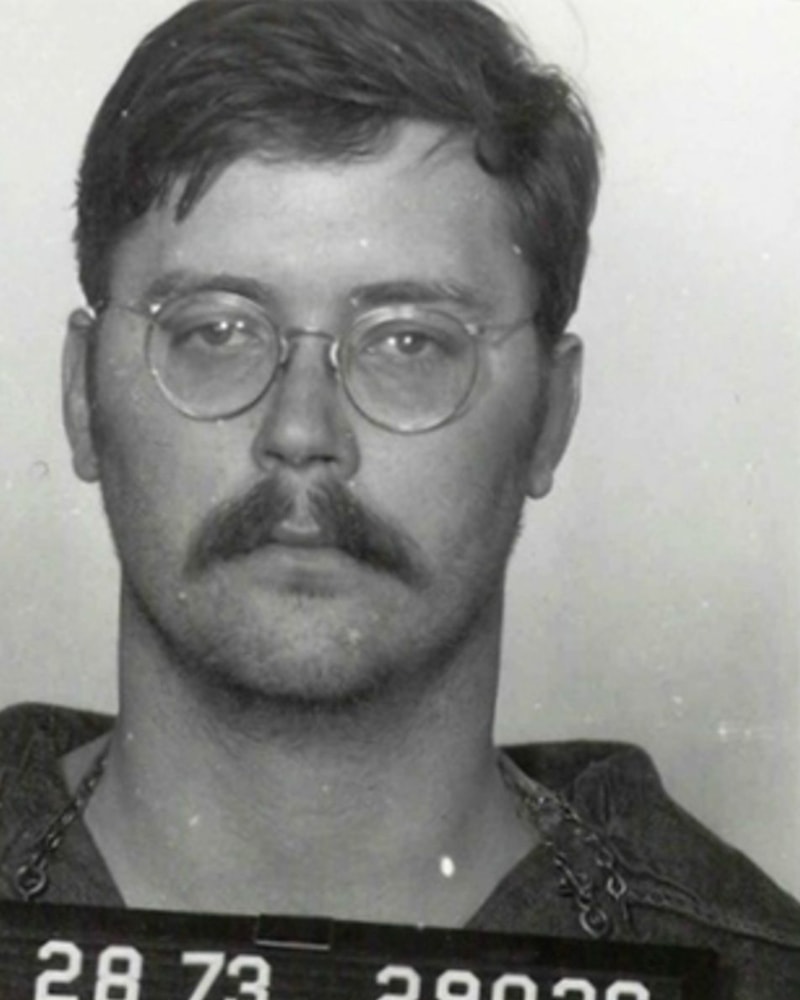
She constantly complained about Edmund Jr.’s “menial” job. This put even more stress on an already strained marriage, leading to awful shouting matches. Kemper’s father claimed to have said that his wife affected him and what “more than three hundred and ninety-six days and nights of fighting on the front did.”
The Divorce
When Kemper was just nine years old, his parents’ awful relationship finally imploded and they divorced. Being incredibly close to his father, the boy was devastated to be left with his terrible mother. In interviews, he shared how cruel she was to him.
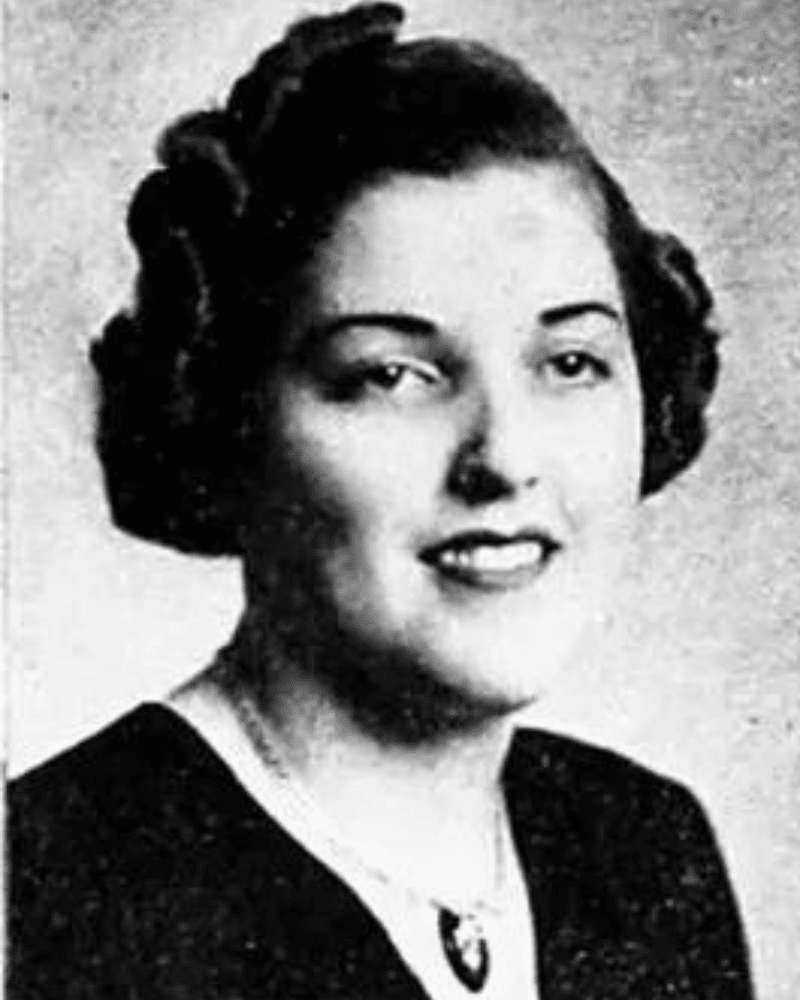
Apparently, she used to lock him in the basement at night because she feared he would harm his sisters. She also withheld any kind of familial affection toward him, claiming that it would somehow turn him gay.
First Life Taken
Many people claim that a fascination with hurting animals as a kid is one of the first signs of a disturbed individual who has the potential to turn into a serial offender. This certainly holds true when it comes to Kemper.

He demonstrated this from quite a young age. Famously, shortly after his parents separated when he was just 10 years old, Kemper buried the family cat while the poor animal was still alive. Once the cat had fully passed, he displayed it to the family like a trophy.
Striking Again
His cruelty toward four-legged companions once again showed itself when he was 13. He decided to butcher another family cat. He then kept the animal’s remains in his closet until his mother found them.
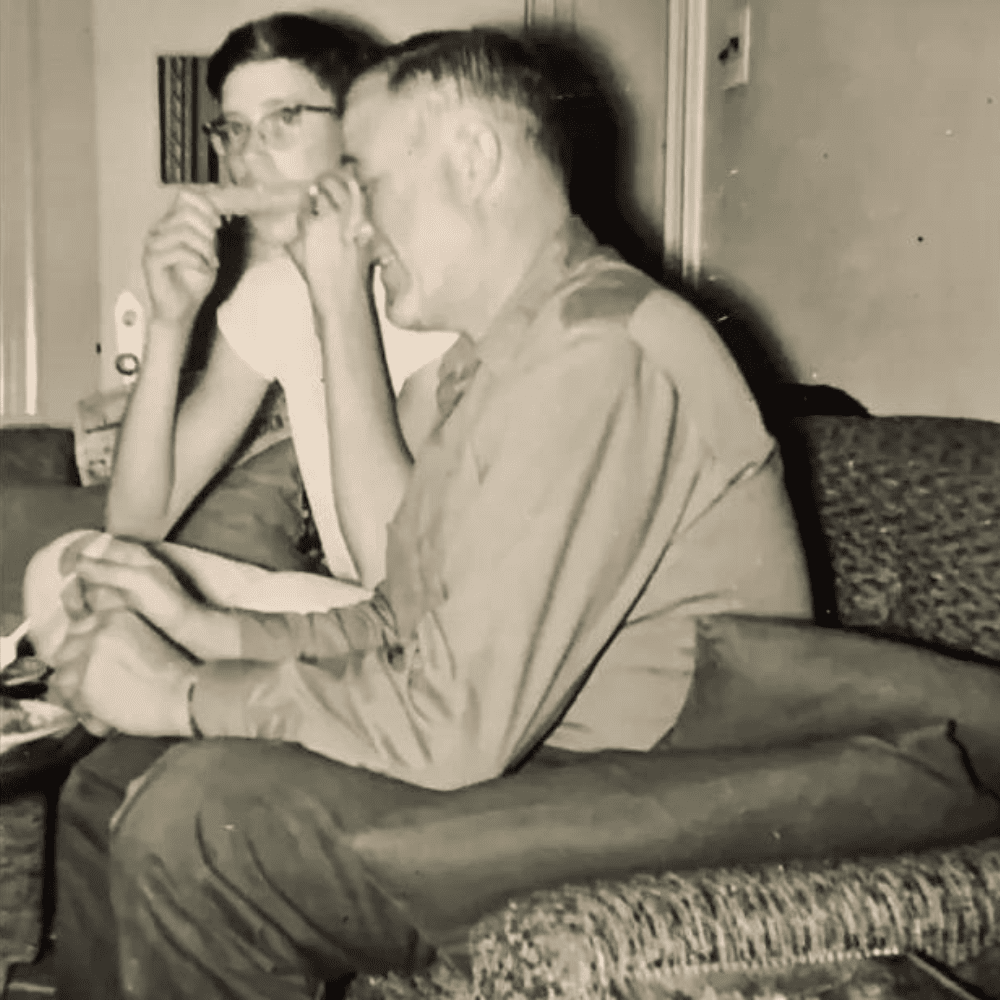
He later explained his strange reasoning behind taking out his rage at the cat — he simply said that it seemed as though the cat liked Allyn, his younger sister, better than it liked Kemper himself.
Twisted Games
Another sign of Kemper’s growing darkness was his fascination with certain games that he played in his childhood, even roping in his poor sister to play along with him. He enjoyed popping the limbs and heads off his sister’s dolls.
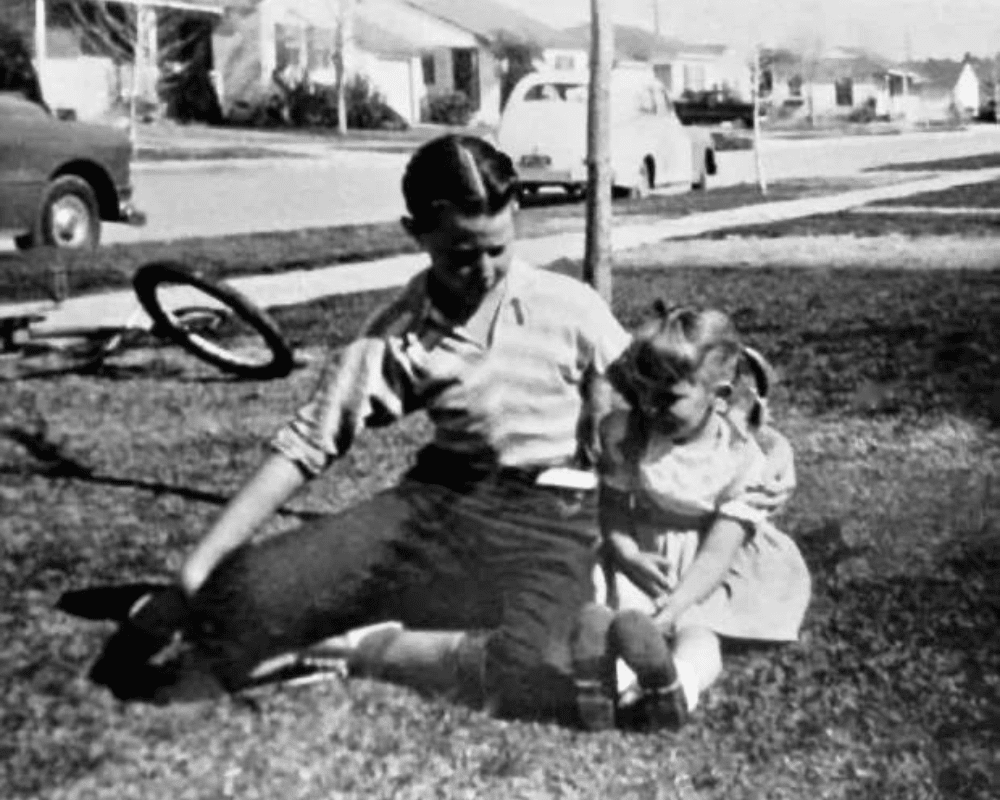
Even worse, his favorite games were named by him “gas chamber” and “electric chair.” In them, he would have his sister flick the light switch and then act as if he had been electrocuted while tied to a chair (another thing he made his sister do).
A Very Contentious Relationship
Obviously, Kemper had a strange relationship with his younger sister. But, it was much worse with his older sister. It seems like Susan either had her brother’s sick tendencies, or she saw what he would become long before he did.
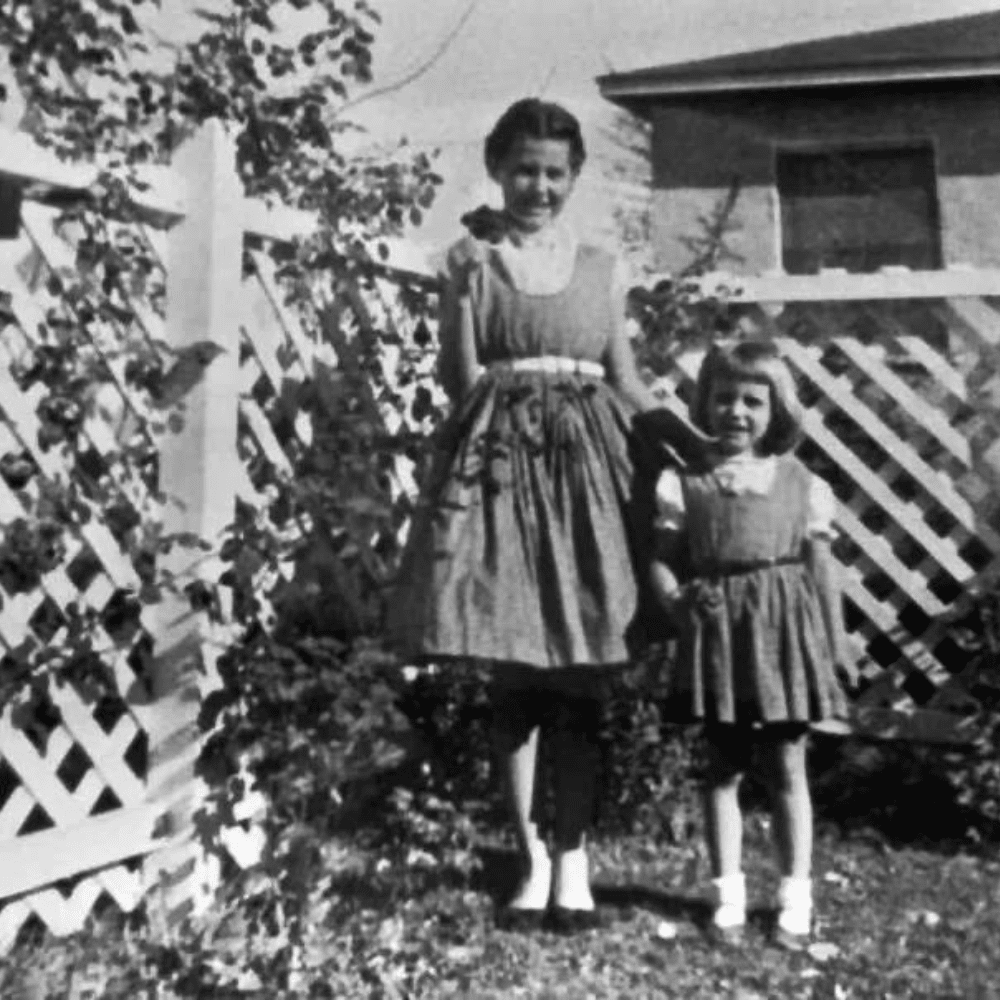
She actually tried, clearly unsuccessfully, to get rid of Kemper twice. The first time, she pushed the boy in front of a train. The second time, she apparently pushed him into a pool in the hopes that he would drown.
Visiting His Dad
Clearly, living with his mother and sisters was quite a terrible experience for young Kemper. In fact, it was so bad that when he was 14, he ran away from home in Montana to his father’s house in California.
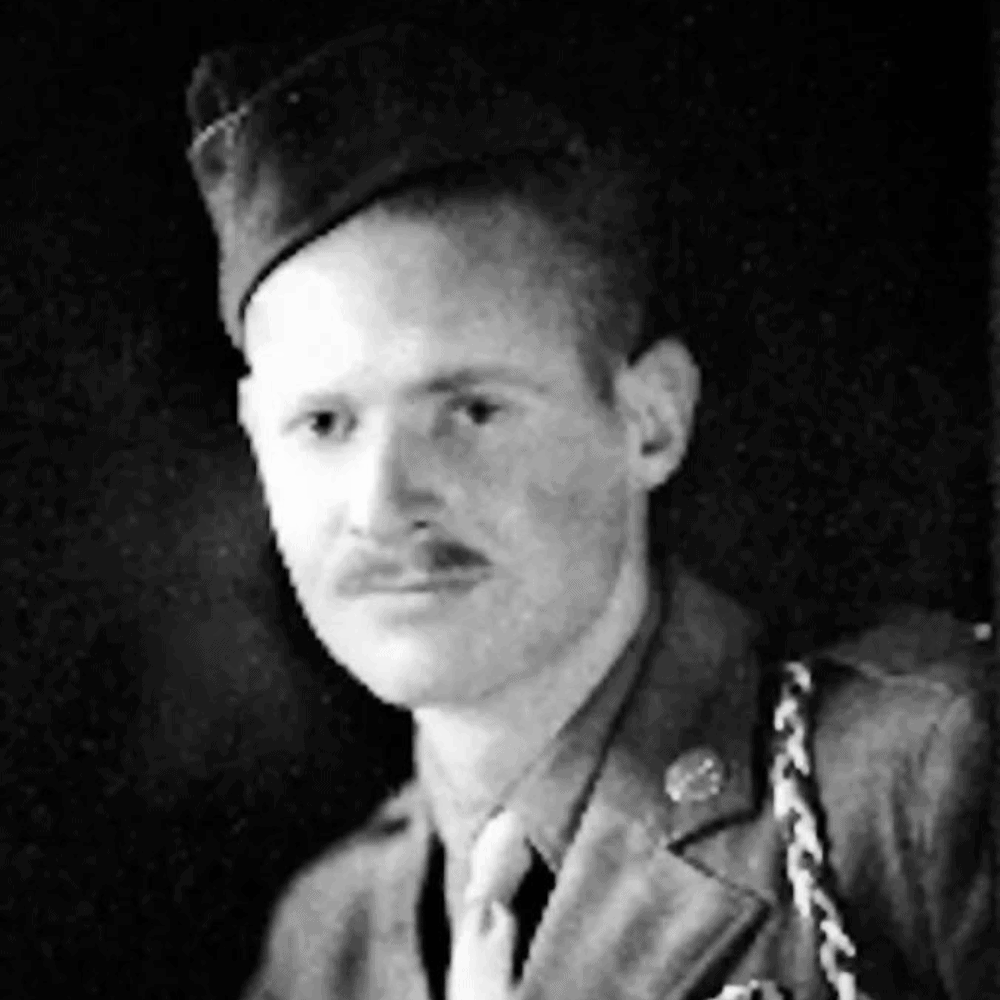
Unfortunately, what he found there wasn’t any more embracing or comforting. When Kemper reached his father’s home, he found out that Kemper Jr. had remarried and had a stepson. Shortly after his arrival, he was sent to his grandparents’ house.
First Human Victims
His experience under his grandparent’s care wasn’t any better. He claimed later that his grandfather was demented and his grandmother “constantly emasculated” both of them. So, after a particularly nasty fight with his grandma, Kemper took action for the very first time.
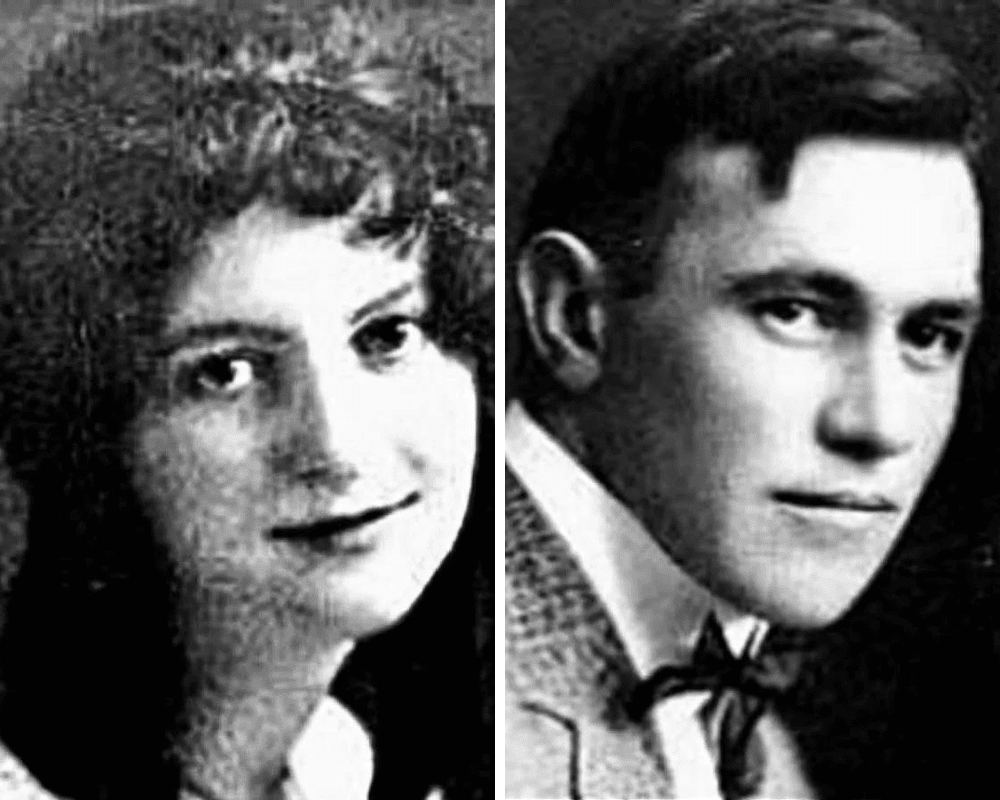
Though just 15, Kemper was already over 6’4’’ and terrifying. He quickly armed himself and fatally shot his grandmother in a fit of rage. When his grandfather returned from the store later in the day, Kemper killed him too.
After
Once both his grandparents were gone, Kemper called his mother, telling her what he had done. Despite the shock, Clarnell quickly told him to call authorities and take responsibility by admitting his guilt.
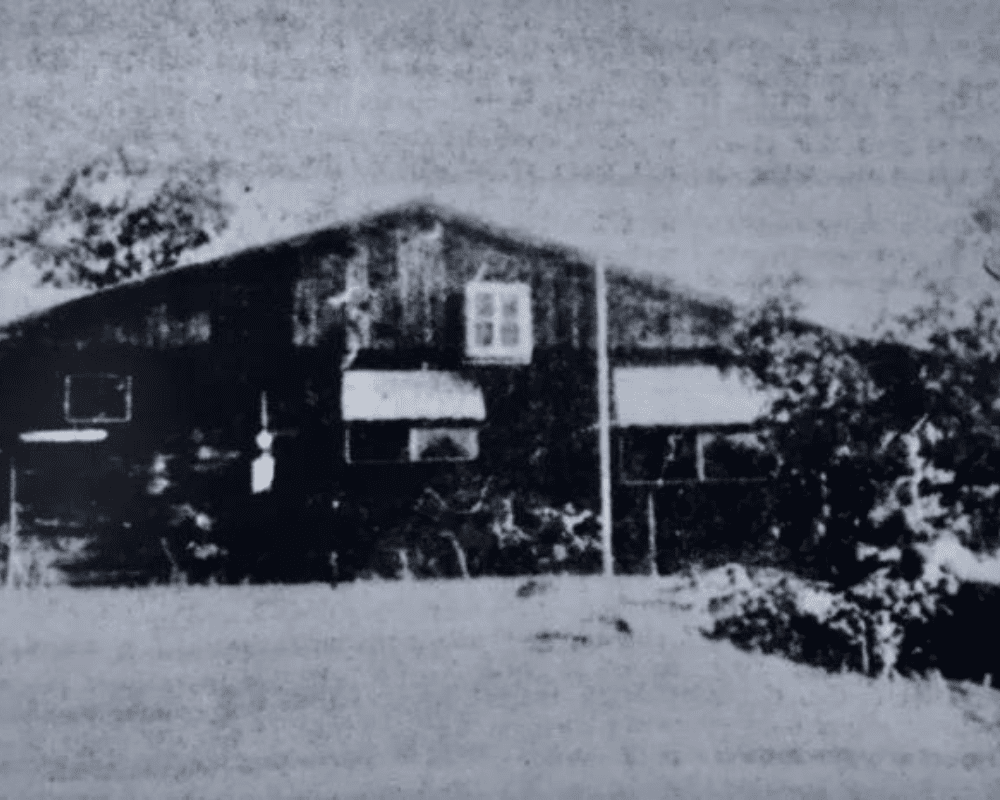
That is exactly what he did. Horrified by the scene they came into, the officers were anxious to interview the young man. When they later interrogated him and asked why he had done it, he famously explained, “I just wanted to see what it felt like to kill grandma.”
Psychological Evaluation
He explained that he took his grandfather’s life because he didn’t want his grandpa to find out what Kemper had done and be angry with him. Clearly disturbed by both his calm confession and his horrific actions, the authorities sent him to be professionally evaluated.
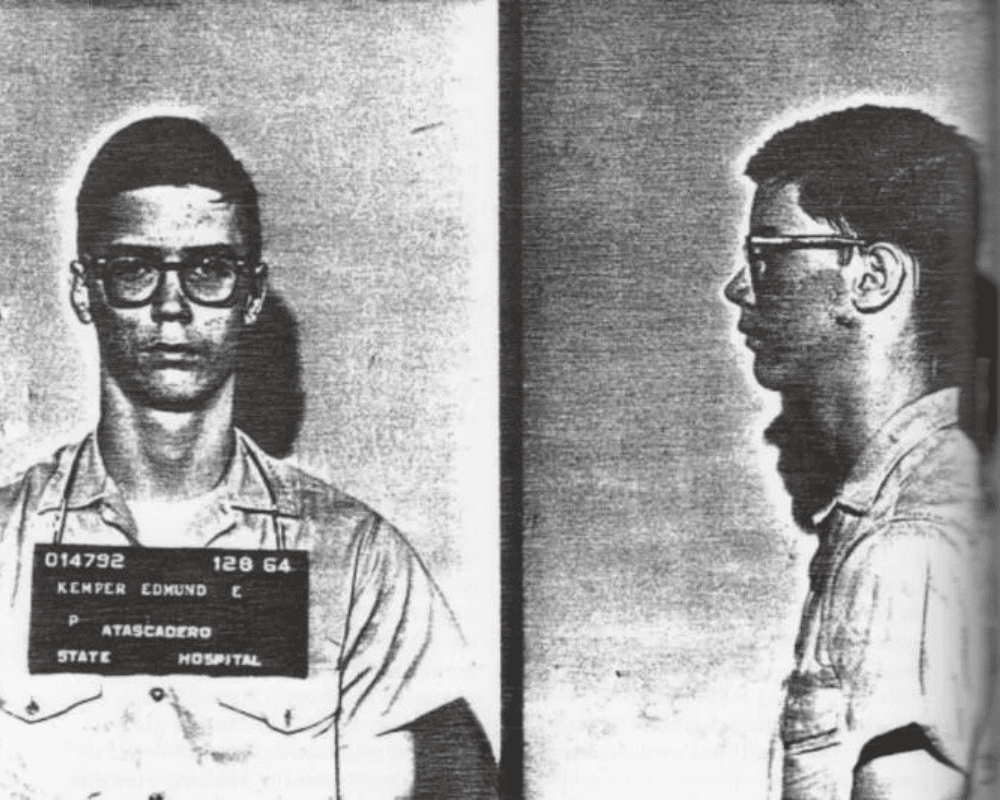
The court psychiatrists agreed, at the time, that he had paranoid schizophrenia. The judge then ruled that Kemper be sent to a maximum-security facility — Atascadero State Hospital. What his doctors didn’t take into account was the young man’s incredibly high intelligence.
High Intelligence
Soon after Kemper arrived to the facility, he was reevaluated by the mental health professionals there. The Atascadero psychiatrists and social workers claimed that his initial diagnosis was wrong, as Kemper didn’t show most schizophrenic traits — he had no delusions or hallucinations.

During the evaluation, they gave him an IQ test, which showed for the first time in his life how truly intelligent he is. His initial exam showed he has an IQ of 136, but another test done later during his time at the hospital actually revealed his number to be 145.
Stay at the Hospital
Kemper didn’t just seem to get better during his time at Atascadero State Hospital — he thrived. Very quickly, he became a “model prisoner” (a descriptor that was used to describe him again later in life) and he gained his doctors’ trust.
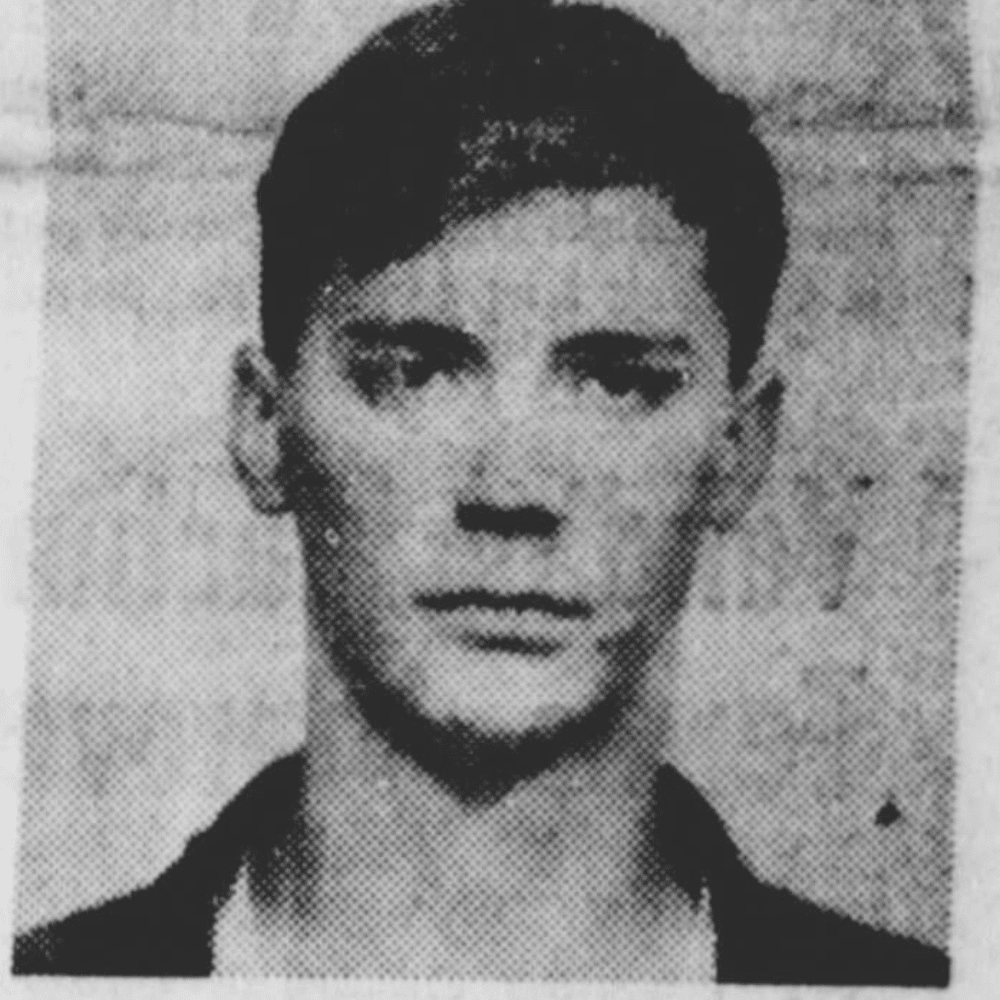
In fact, they trusted him so much that they instructed him on how to administer psychological tests and evaluate other inmates at the facility. Thanks to this, he also learned from the disturbed patients in the hospital how best to commit his later crimes.
Release
Although some of his doctors were against this decision, Kemper did such a good job of mimicking normative behavior that on his 21st birthday (1969), he was released from Atascadero. Three years later, he had them all convinced.
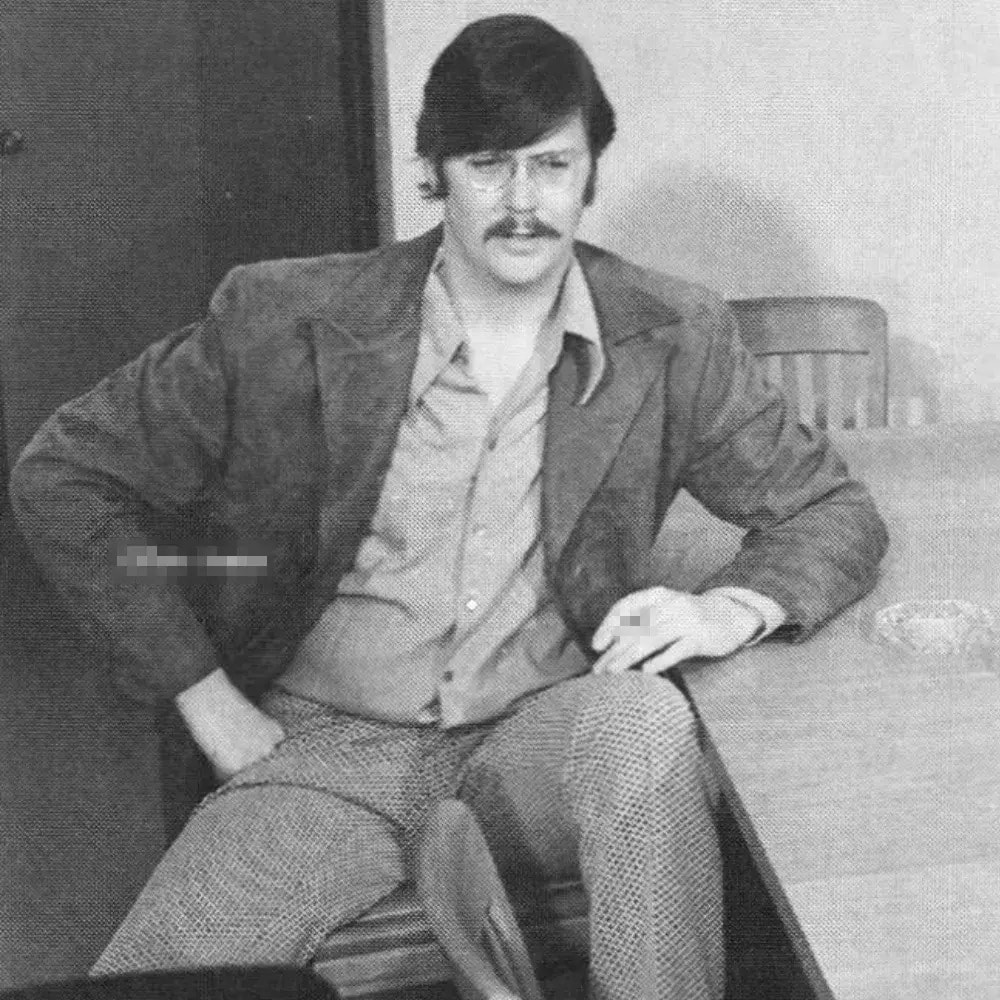
In 1972, his juvenile records were sealed because, according to the final report his probation psychiatrists, “If I were to see this patient without having any history available […] I would think that we’re dealing with a very well-adjusted young man who had initiative, intelligence, and who was free of any psychiatric illnesses.”
Back to Clarnell
Despite his doctors being vehemently against it, when Kemper was released, he returned to live with his mother. By then, she had moved to California after having remarried and divorced again. It seems like the horrible relationship with her from his childhood returned with a vengeance.
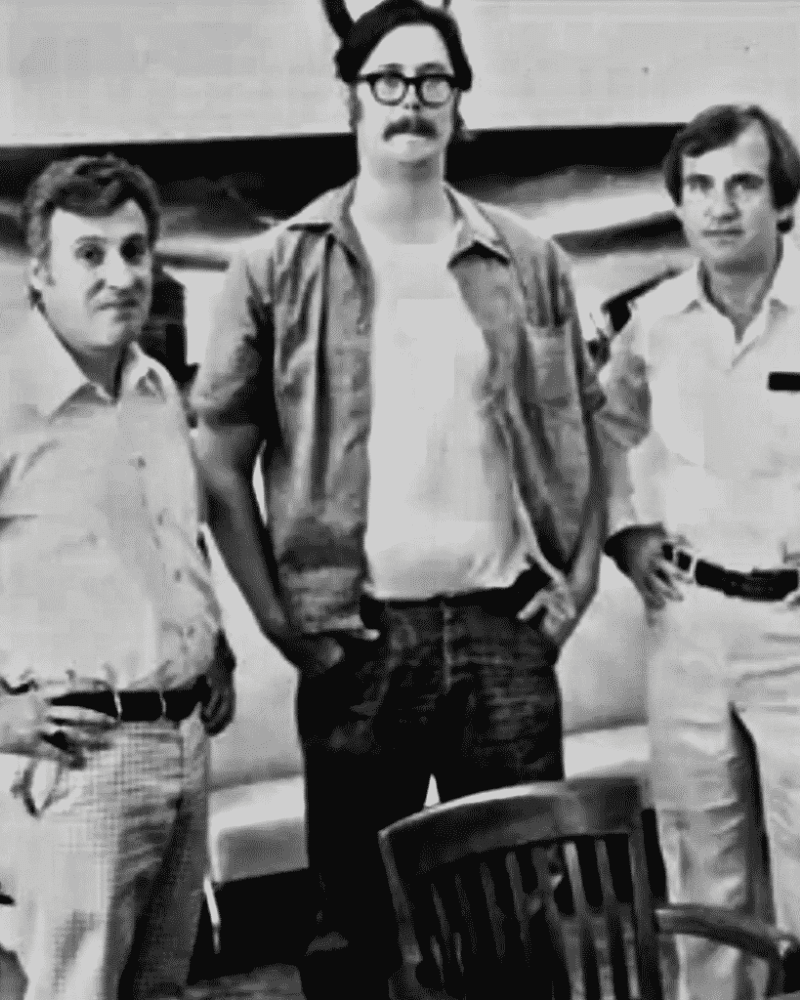
As Kemper settled back into life outside the hospital, his mother worked as an administrative assistant for the University of California, Santa Cruz. Now 6’9’’ and nicknamed “Big Ed,” Kemper attended community college and tried to become a police officer (he was rejected due to his size).
Financial Trouble
Despite not making it into the academy, Kemper maintained close friendships with several police officers in Santa Cruz. In an attempt to put distance between himself and his mother, which didn’t work due to her frequent visits, he saved up to move out of her house by doing a series of menial jobs.

He finally managed to save enough after finding a steady job with the State of California Division of Highways. However, because of financial difficulties, even after moving out on his own, he often had to return to living with Clarnell.
Getting Ready
While working for the Highway Division, Kemper was hit by a car and broke his arm. He received a large settlement after filing a civil suit against the driver, which allowed him to buy his own car for the first time.
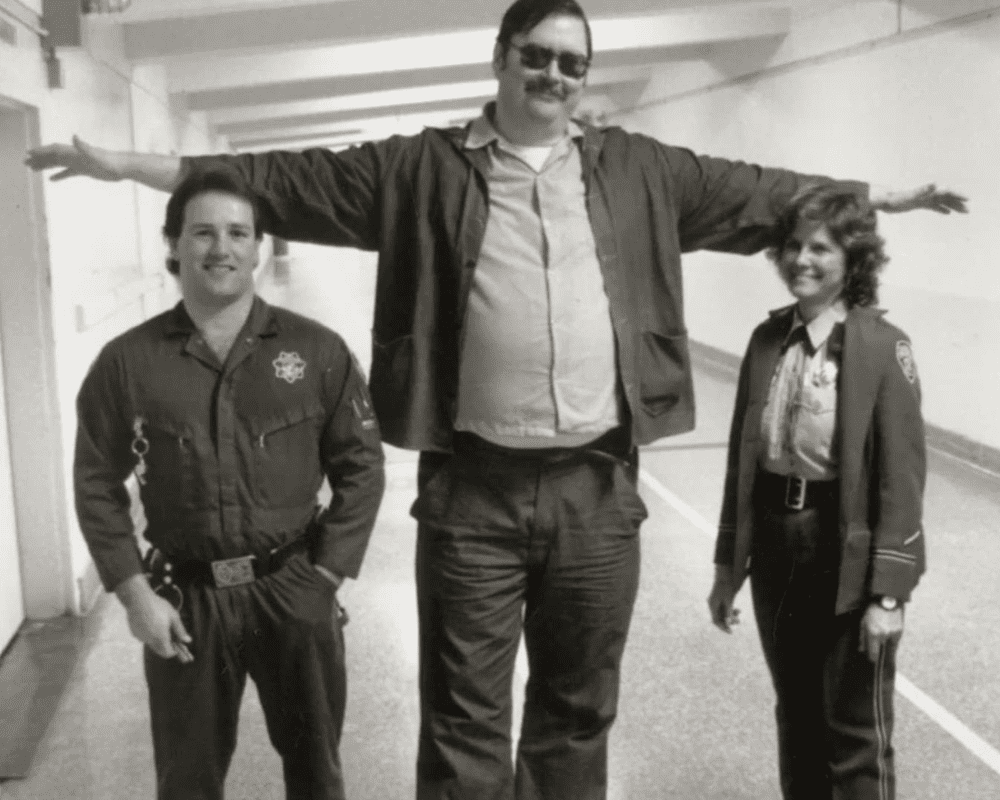
While frequently driving, he began to notice that many young women hitchhiked. This, apparently, began to reawaken his dark urges. He also started storing potential tools in his car — like plastic bags, knives, and blankets.
The Spree
In May of 1972, he finally snapped. In a period of 11 months (until April 1973), he took the life of eight women. Among them were five college students and one high school student — hence the moniker, the Co-ed Killer.
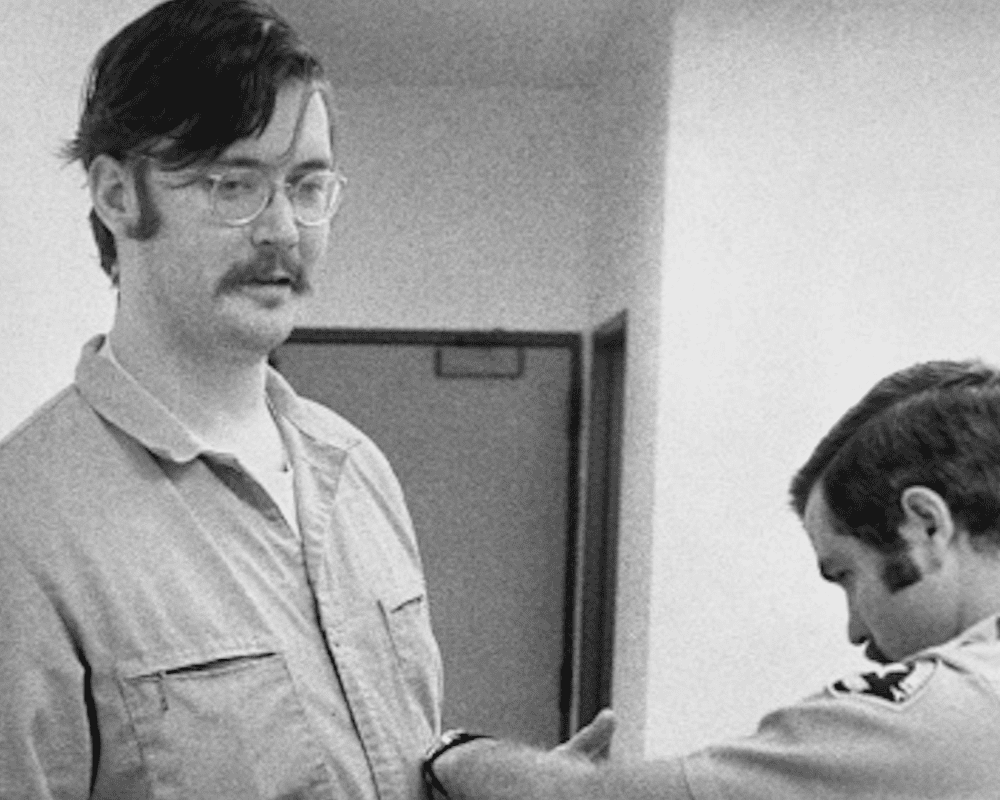
His final two targets were his own mother and her best friend. He quickly fled after offing them, believing that the police were chasing after him. Disappointed that they weren’t, he called them and turned himself into the authorities.
Mary Ann Pesce and Anita Luchessa
Mary Ann Pesce and Anita Luchessa were the first victims of Kemper’s famed spree. The two were 18-year-old students from Fresno State University who happened to be hitchhiking when Kemper finally succumbed to his homicidal urges.

After heading into a secluded wooded area by the highway, Kemper restrained the two frightened girls. He then took both their lives and hid their bodies in the trunk of his car. After taking photographic souvenirs of them, he disposed of the bodies on Loma Prieta Mountain. Their full remains were never found.
Aiko Koo
Aiko Koo, his next victim, was only 15 when he abducted and brutally ended her life on September 14th, 1972. He offered her a ride after she had missed her bus to a scheduled dance class.

Kemper had apparently stopped for a few drinks at a local joint while she was kept away in his trunk. Once he had gotten her corpse back to his house, like with his previous victims, he assaulted her post-mortem.
Cindy Schall
By January, when Kemper found his next victim, he had returned to living with his mother, which meant he no longer had the privacy of his own home to commit his atrocities. Therefore, after fatally hurting Cindy Schall in a secluded wood like the previous young women, he hid her remains in his closet for several days.

While the majority of her remains were disposed of in the mountains, Kemper buried her head in his mother’s yard. He claimed that he did so because his mother always “wanted people to look up to her.”
The Murder Capital of the World
Confounding authorities and terrifying citizens, Edmund Kemper wasn’t the only serial killer active in the Santa Cruz area during this time. Also targeting people in the area between 1972 and 1973 was Herbert Mullin. Their combined victim count came out to 21 people.

Mullin, however, didn’t go after specific victims like Kemper, as he wasn’t motivated by unconventional urges. Rather, he was consumed by a belief that by taking away people’s lives, he was preventing a massive earthquake from happening.
Rosalind Thorpe and Allison Liu
After noticing that many female university students were being targeted while hitchhiking, authorities advised students to only hitchhike with vehicles that had a university sticker. Thanks to his mother’s job, Kemper managed to steal one and used it to lure his next victims.

Rosalind Thorpe was the first to be shot, with Allison Liu right after. He then wrapped them in blankets and placed them in his vehicle. This time, he left their bodies in the car and only brought their heads into his mother’s house.
Keeping the Heads
“The head trip fantasies were a bit like a trophy,” Kemper explained when interviewed about why he decapitated his victims. “You know, the head is where everything is at, the brain, eyes, mouth. That’s the person.”
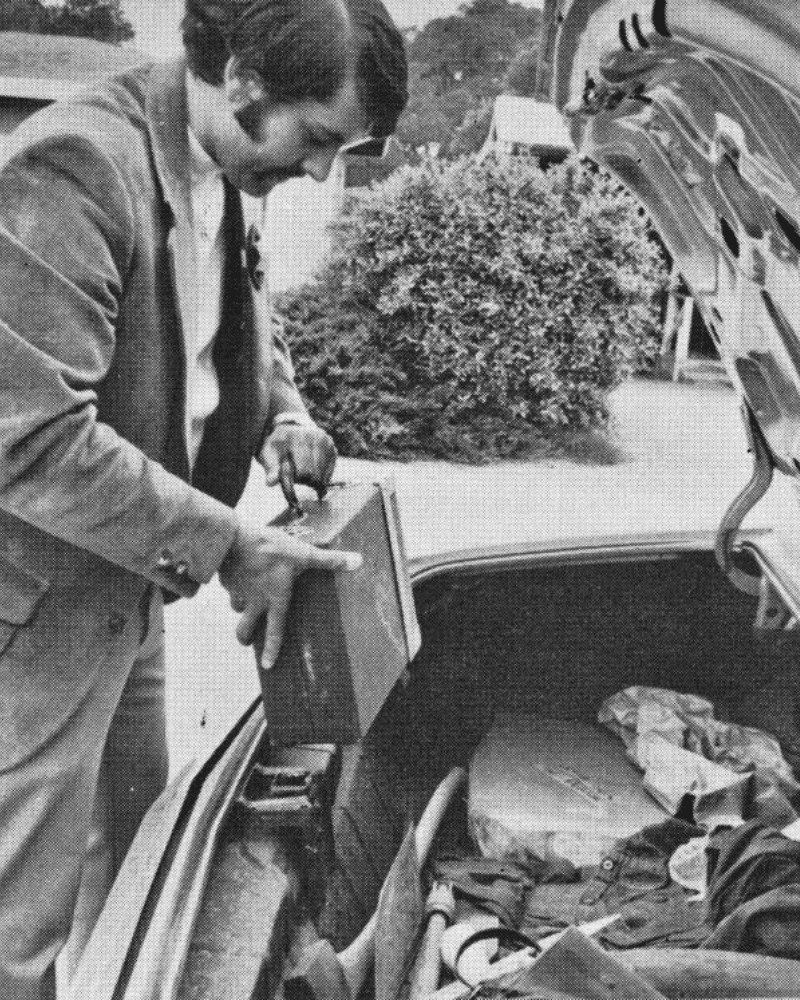
“I remember being told as a kid, you cut off the head and the body dies. The body is nothing after the head is cut off… well, that’s not quite true, there’s a lot left in the girl’s body without the head.”
Clarnell (Kemper) Strandberg’s Demise
Edmund Kemper’s most personal victim was his mother. It seems like she was also meant to be his last. Kemper brutally took her life with a claw hammer while she slept on the night of April 20th, 1973.

He then separated her head and reportedly used it as a dart target (among other, more horrible acts). Instead of burying her remains, he stuffed them in the closet and went to get a drink at a local establishment.
Sally Hallett
When he returned home, Kemper apparently decided he should actively attempt to cover his tracks. He invited his mother’s best friend, Sally Hallett, over and once she arrived, he killed her too.
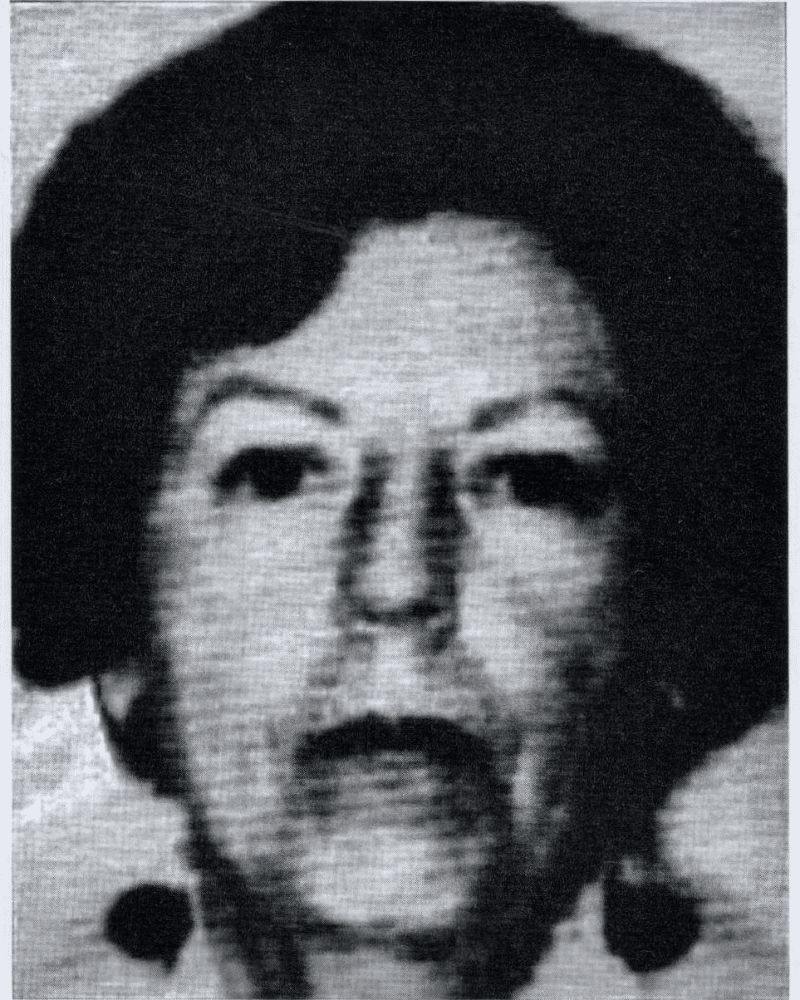
He supposedly did this to create a cover story as if the two friends had gone somewhere together. He then cleaned the mess and made sure the house looked undisturbed. Finally, he left a note to be found by the police eventually.
The Note
The note read: “Appx. 5:15 A.M. Saturday. No need for her to suffer any more at the hands of this horrible ‘murderous Butcher.’ It was quick — asleep — the way I wanted it. Not sloppy and incomplete, gents. Just a ‘lack of time.’ I got things to do!!!”
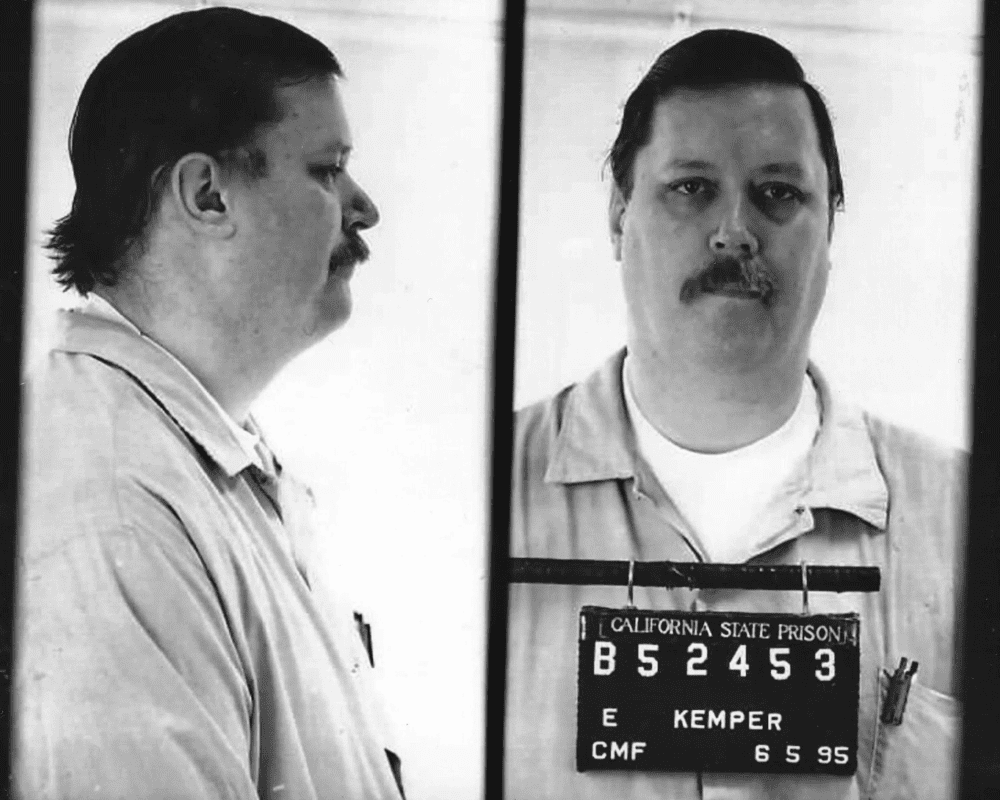
He then went on the run. Fearing the police were on his trail, he resorted to driving non-stop and using caffeine pills to make it to Pueblo, Colorado (about 1,000 miles). However, finding out that no one was looking for him, he called the authorities himself.
Turning Himself In
Reportedly, turning himself took some actual effort from Kemper. Apparently, when he phoned the police, no one there actually believed he committed any of his crimes. It was only after he got an officer he personally knew that they began investigating his claims.
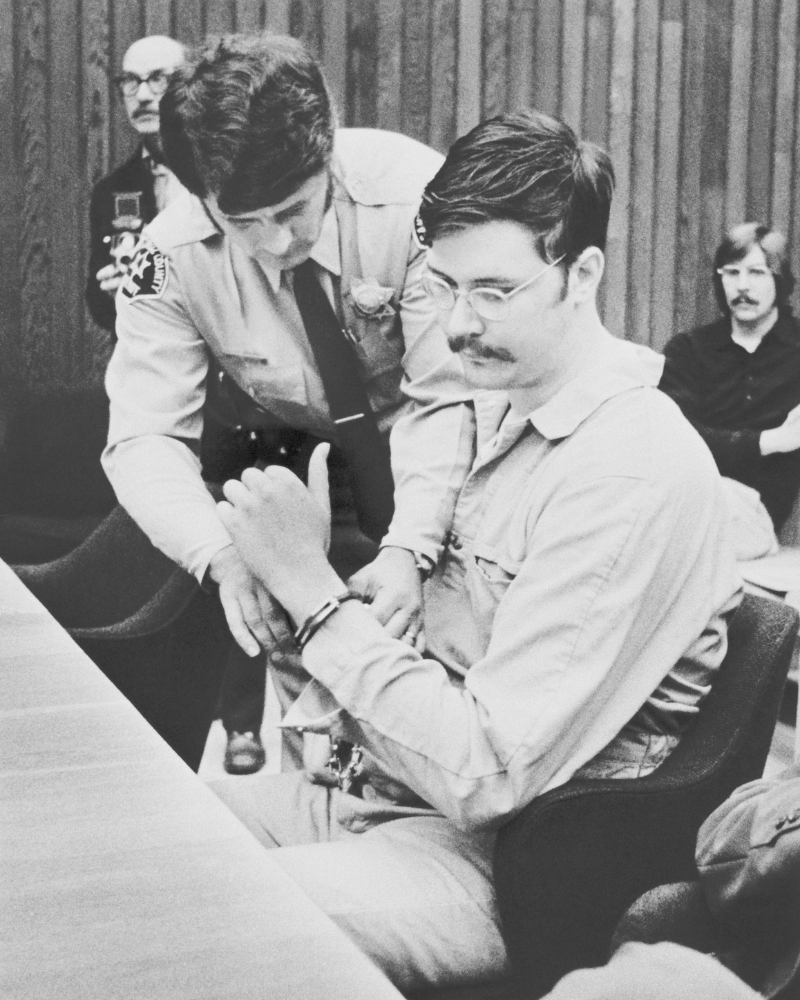
In his trial, he was indicted on eight counts of first-degree murder. However, because Kemper was so detailed in his confession, public defender Jim Jackson had no choice but to plead not guilty by reason of insanity.
The Trial
Unfortunately for Jackson, Kemper was found by three separate court-appointed psychiatrists to be legally sane, saying that he was “fully cognizant in each case” and that Kemper “enjoyed the prospect of the infamy associated with being labeled a murderer.”
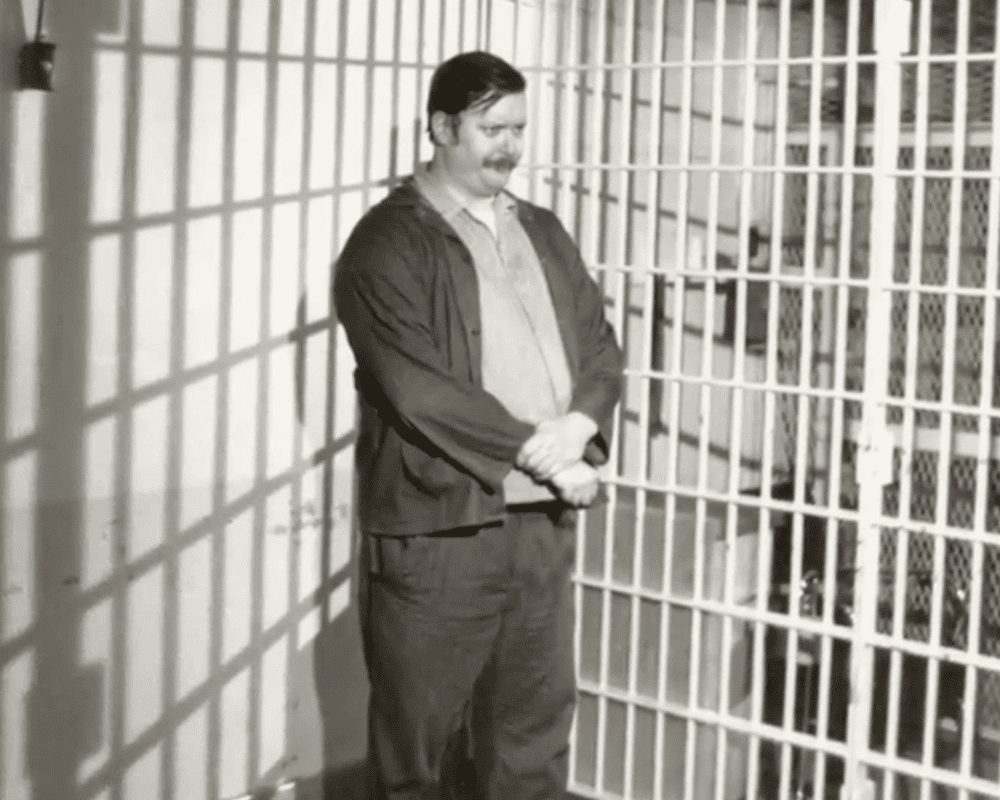
This meant that despite the defense’s attempt to persuade the jury that Kemper was insane, they found him guilty. Even Kemper’s testimony, in which he took his victims because he wanted them “for myself, like possessions,” wasn’t enough to cloud the jury’s judgment.
The Verdict
On November 8th, 1973, Kemper was found sane and guilty on all counts. In a baffling request, instead of being incarcerated, he asked the courts to end his life in the most painful way possible.
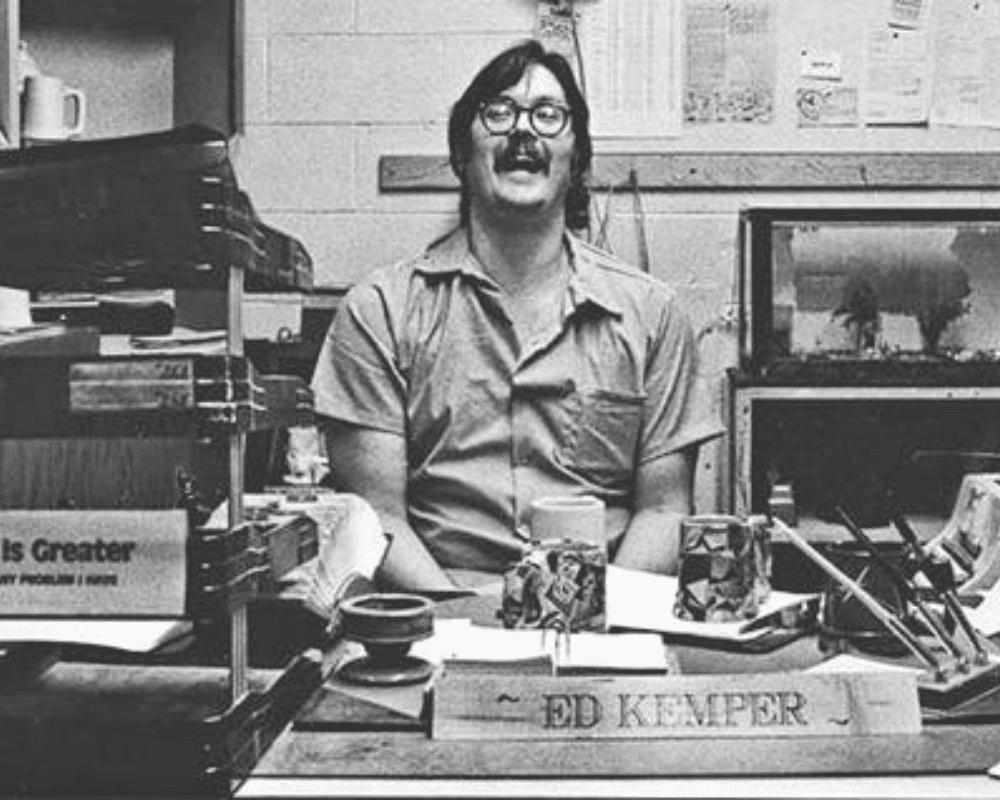
However, due to a moratorium on capital punishment placed by the Supreme Court at the time, he was sentenced to seven years to life for each of his eight counts, to be served concurrently in the California Medical Facility in Vacaville.
The Model Prisoner
It seems that incarceration is where Kemper thrives. From the very start of his sentence, he has been an exemplary prisoner, with basically no issues. It’s also where his intellect seems to shine. He’s apparently a talented craftsman of ceramic cups.

He has spent over 5,000 hours recording audiobooks for the blind, alongside running and managing this program prison-wide until he suffered a stroke in 2015. He also used to schedule the psychiatrist appointments of other inmates.
Manipulating Herbert Mullin
While his prison block held other infamous prisoners (like Charles Manson), one in particular held Kemper’s attention and disdain. As stated before, Herbert Mullin was active at the same time and location as Kemper. Reportedly, Kemper thought that Mullin just did what he did “for no good reason.”

Kemper then preceded to manipulate Mullin by applying “behavior modification treatment.” Whenever Mullin would bother the inmates by singing, Kemper would throw water at him. When Mullin behaved well, he got peanuts. Apparently, soon, Mullin began asking Kemper for permission to sing.
A Popular Interviewee
Beyond his gruesome crimes, one of the main reasons that Edmund Kemper captured the public’s attention is because he’s one of the most interviewed serial killers in history. Many attribute these interviews to helping law enforcement better understand the criminal mind.

John Douglas, a profiler, described him as “among the brightest” inmates ever interviewed. He also said that Kemper held “rare insight for a violent criminal” and that he was “friendly, open, sensitive” with a “good sense of humor.” Kemper has said that he participates in these interviews to “save” others like him from giving in to these urges.
No Parole
Since 1979, Kemper has been up for parole quite a few times since his sentencing. However, he was denied every time — in 1997 and in 2002, he waived his right to a hearing. According to him, “Society is not ready in any shape or form for me.”
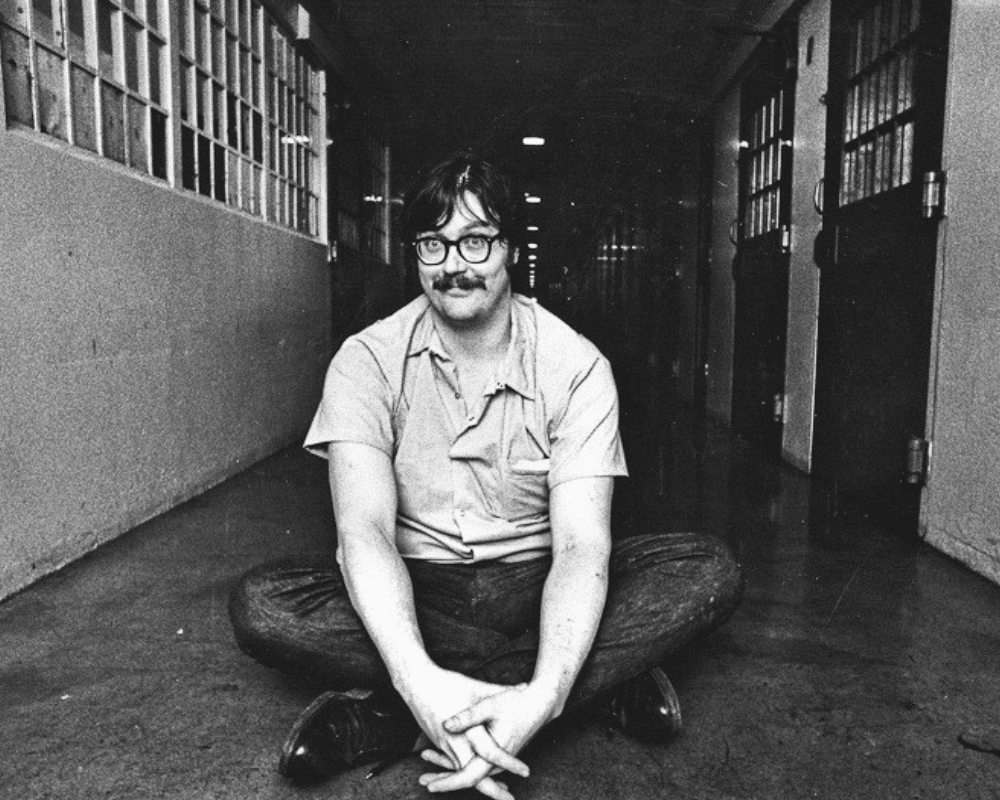
“I can’t fault them for that,” he added. Prosecutor Ariadne Symons has explained that “we don’t care how much of a model prisoner he is because of the enormity of his crimes.” We can’t help but agree.
Influence on Popular Culture
Edmund Kemper — due to his horrific crimes, his fierce intellect, and his continued willingness to open up about his life — has captured the public’s attention. That includes his influence over pop culture in the last 50 years.

He has been the inspiration to several infamous characters, such as Buffalo Bill in The Silence of the Lambs and Patrick Bateman in American Psycho. Actors have also depicted him in shows like Criminal Minds and Mindhunter.
Despite our collective fascination with true-crime podcasts, very few serial killers have captured the public’s attention quite like the notorious and frightening Edmund Kemper. Also known as the Co-ed Killer, Kemper ended up turning himself in after offing 10 victims — including his paternal grandparents and his own mother! From his time at a mental hospital to his trial, this is what we know about Edmund Kemper.